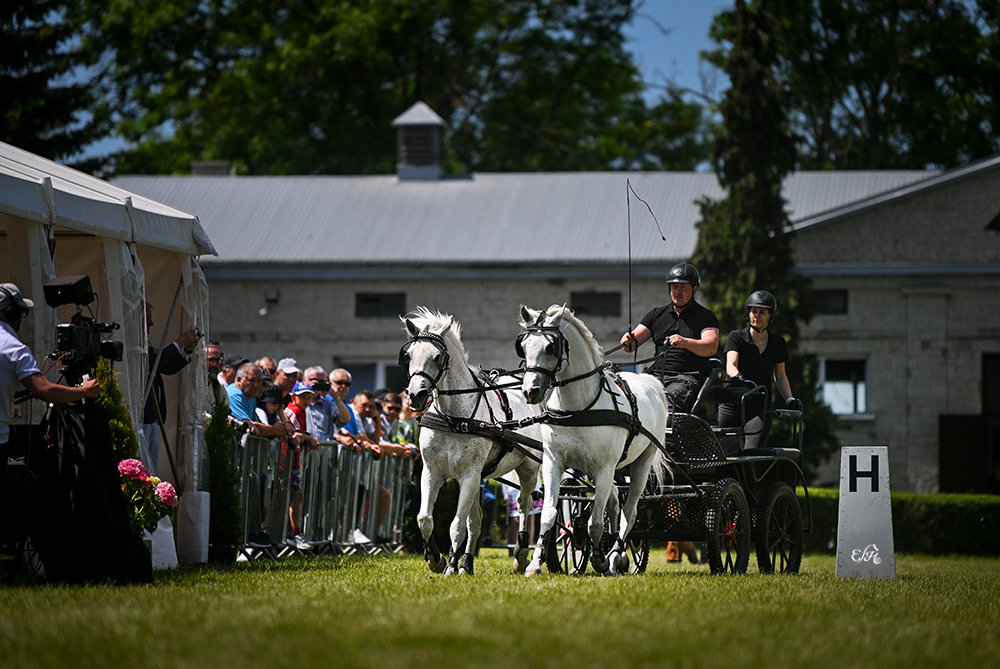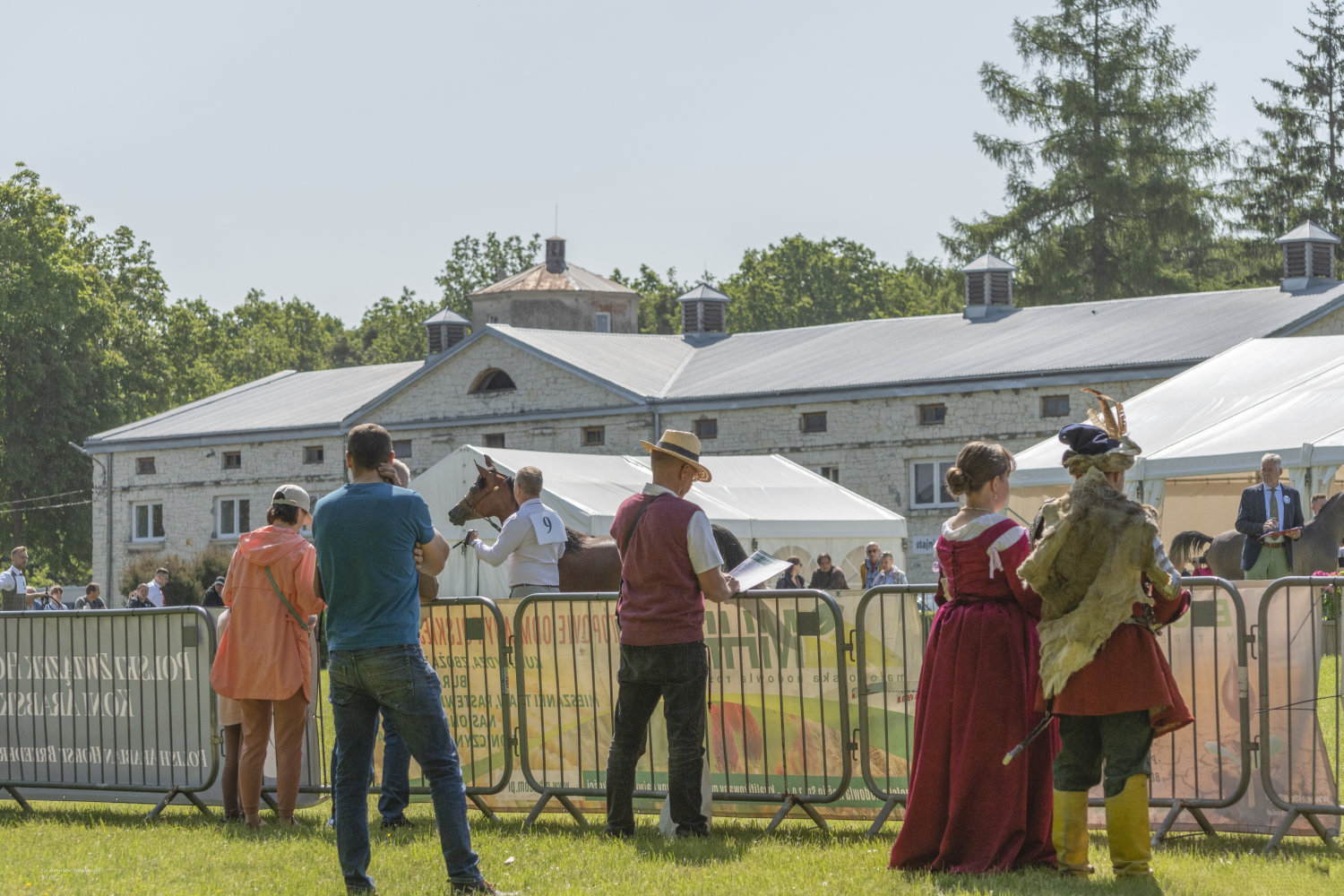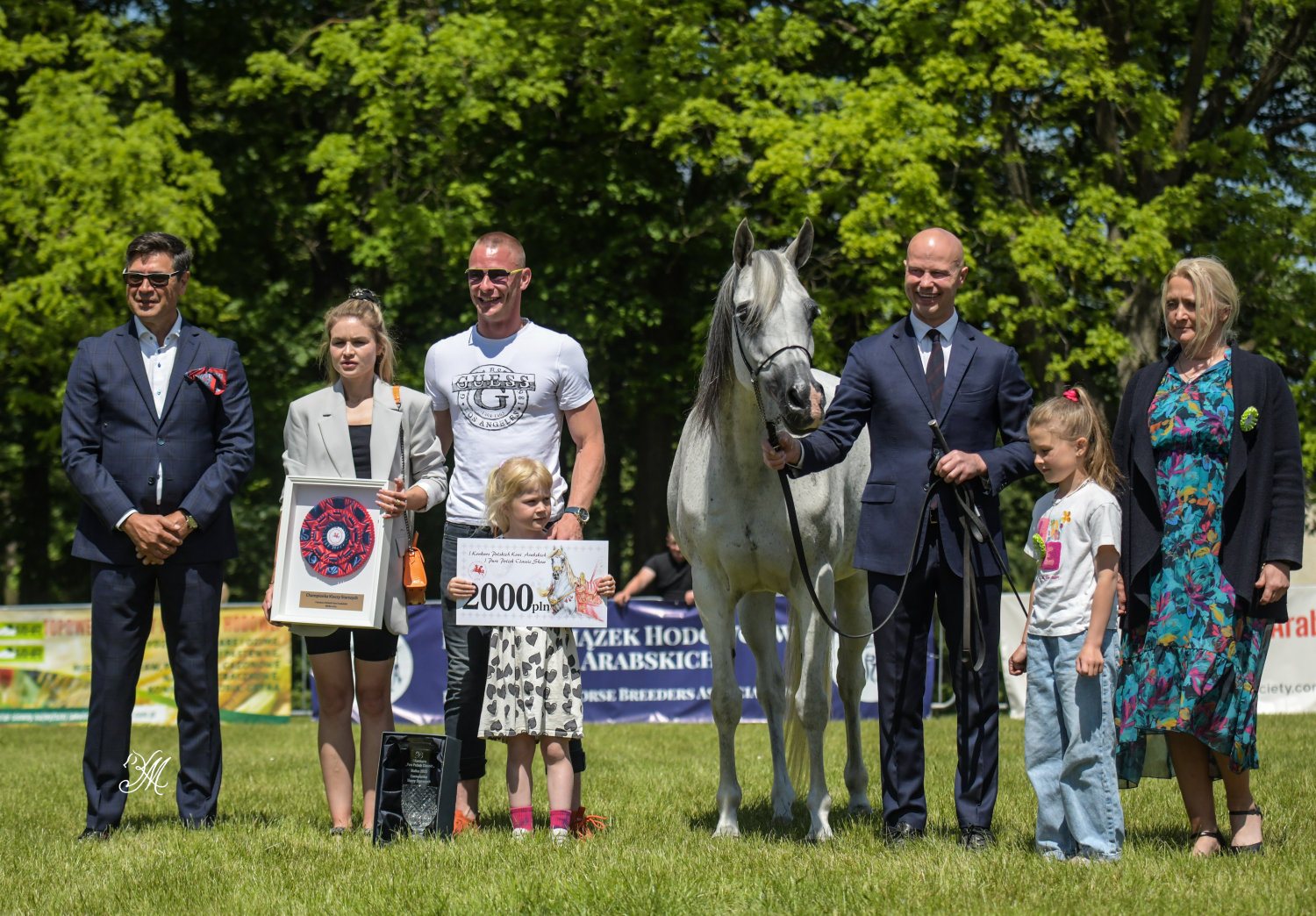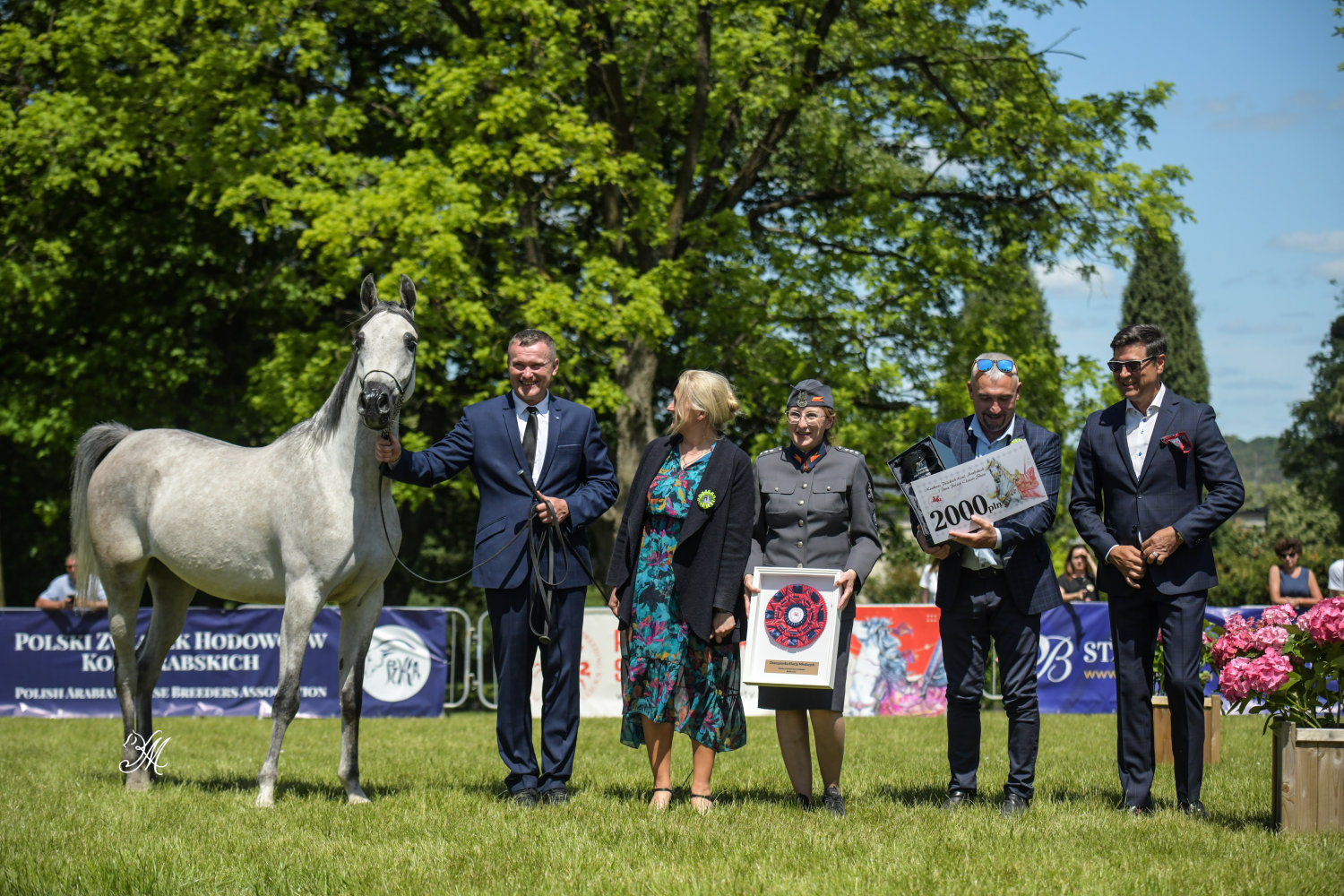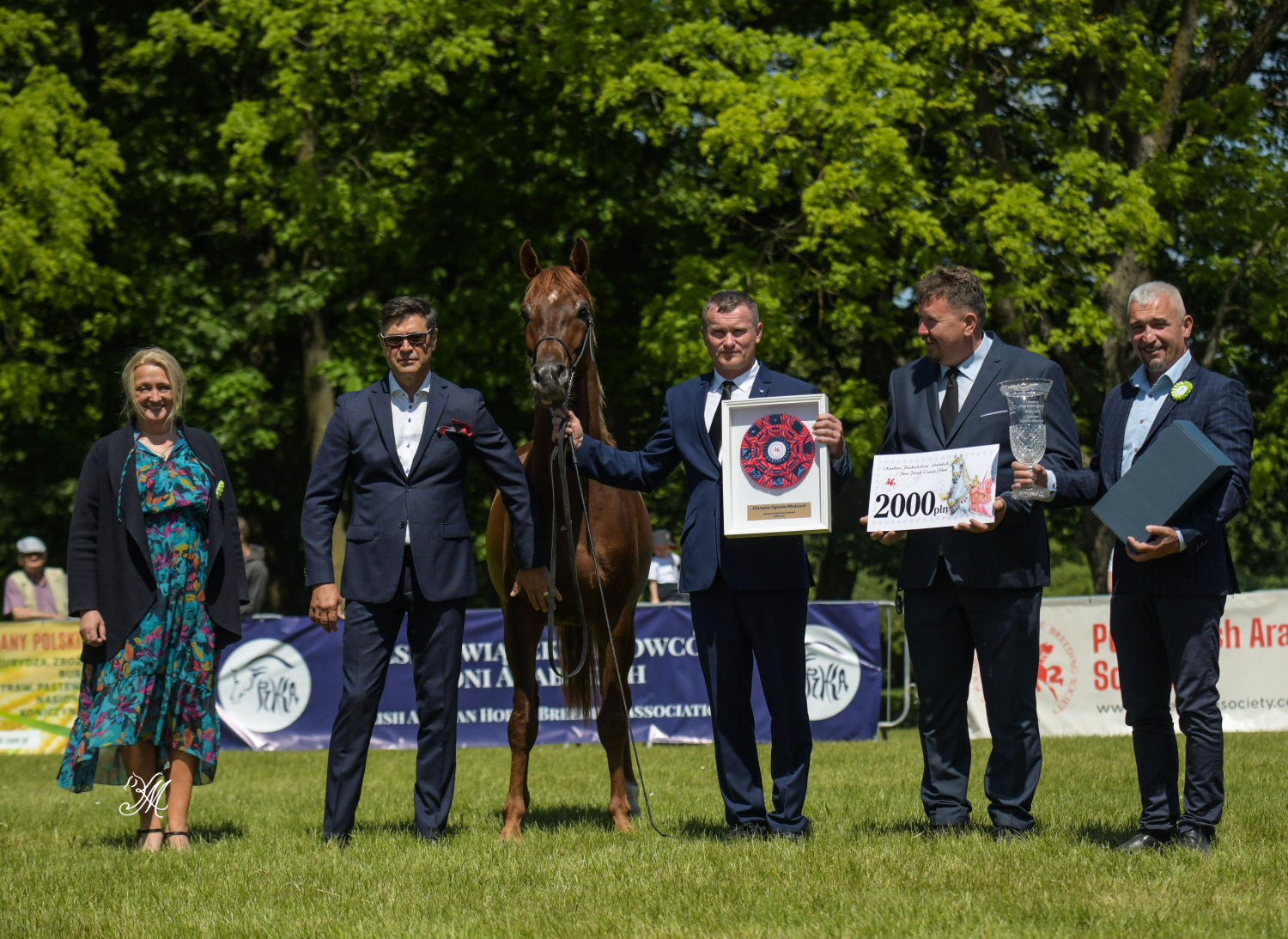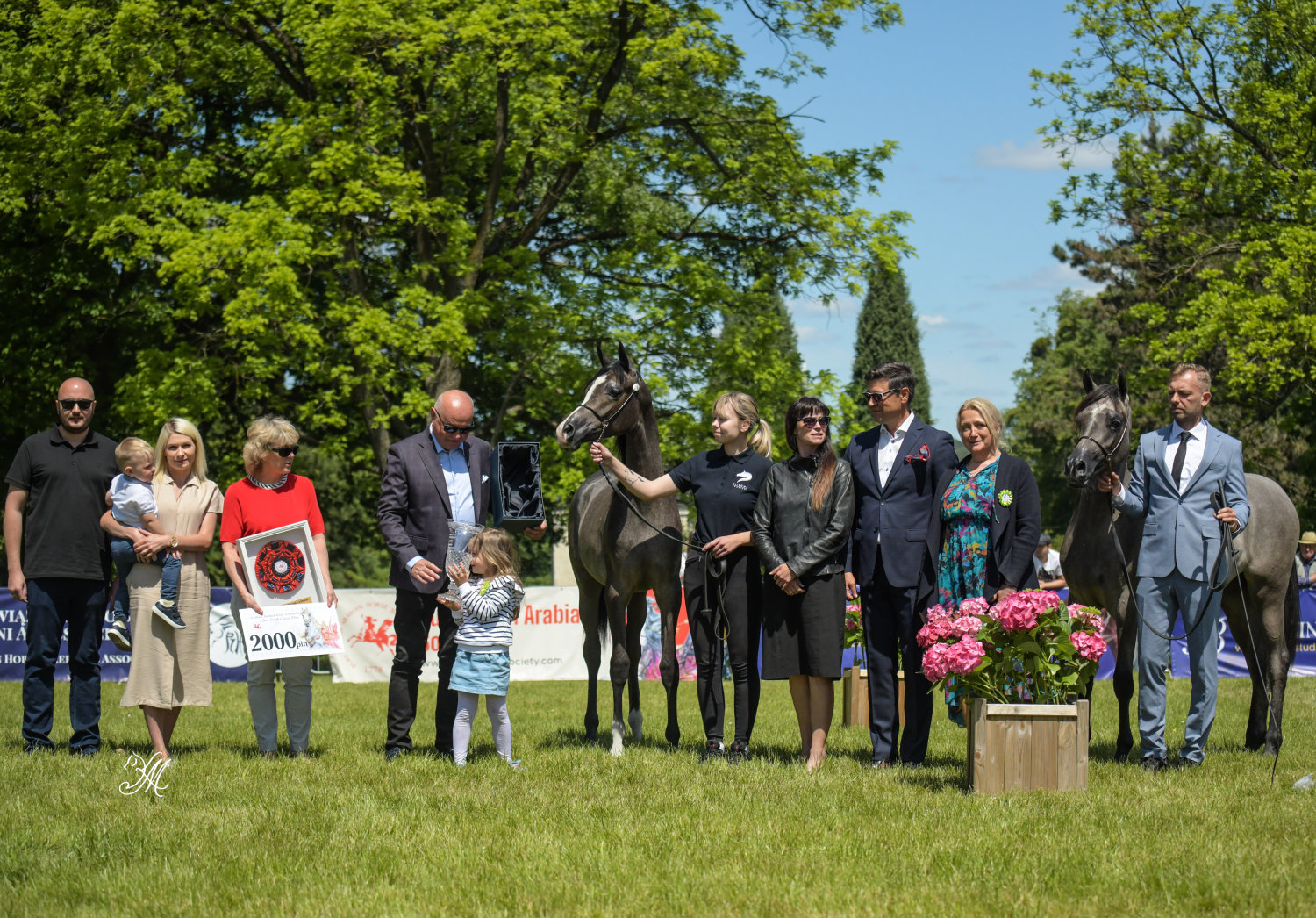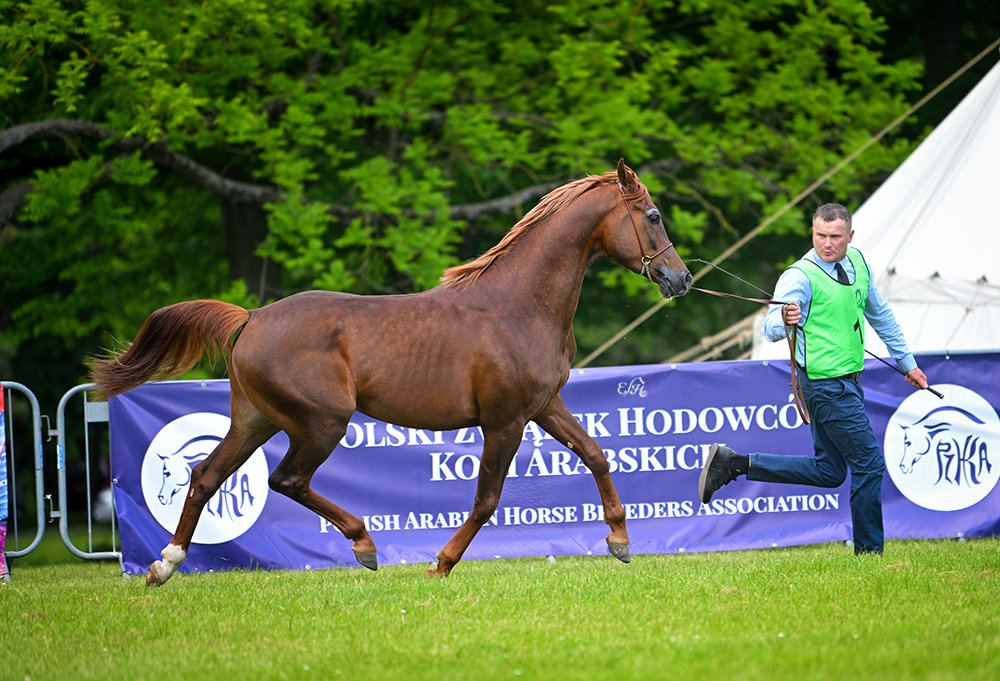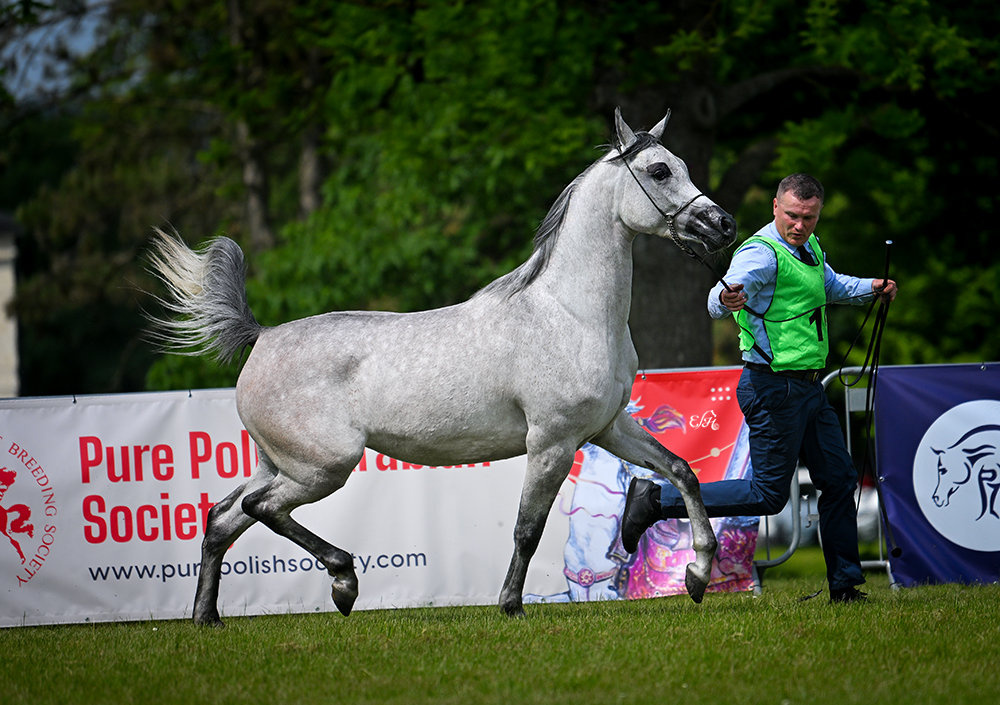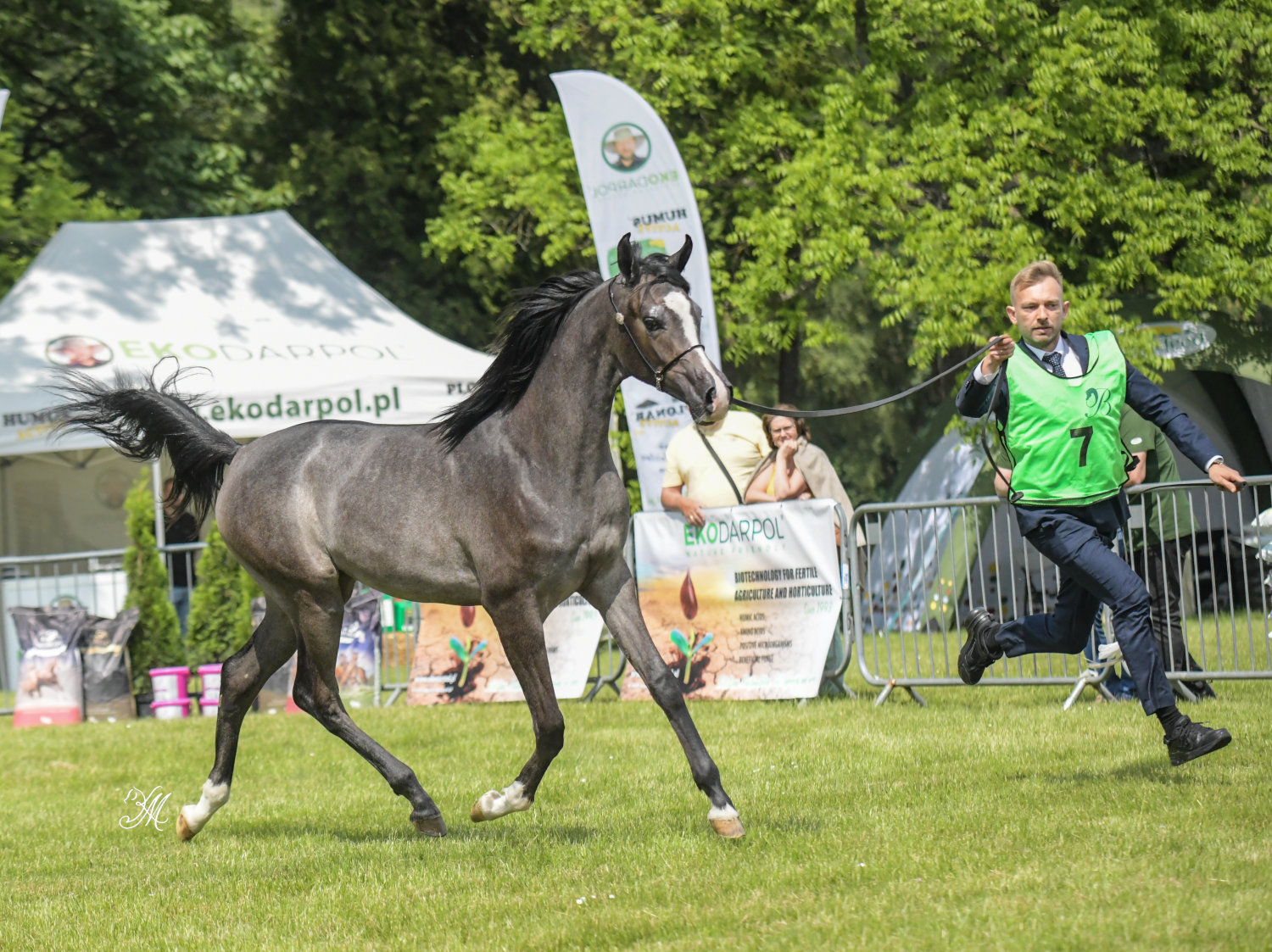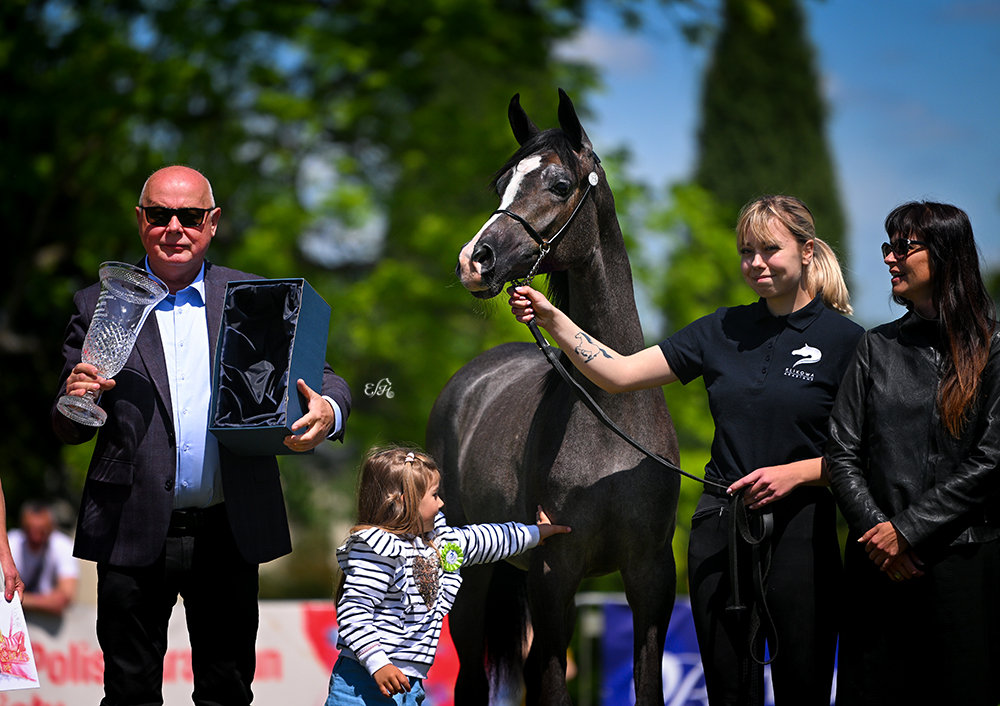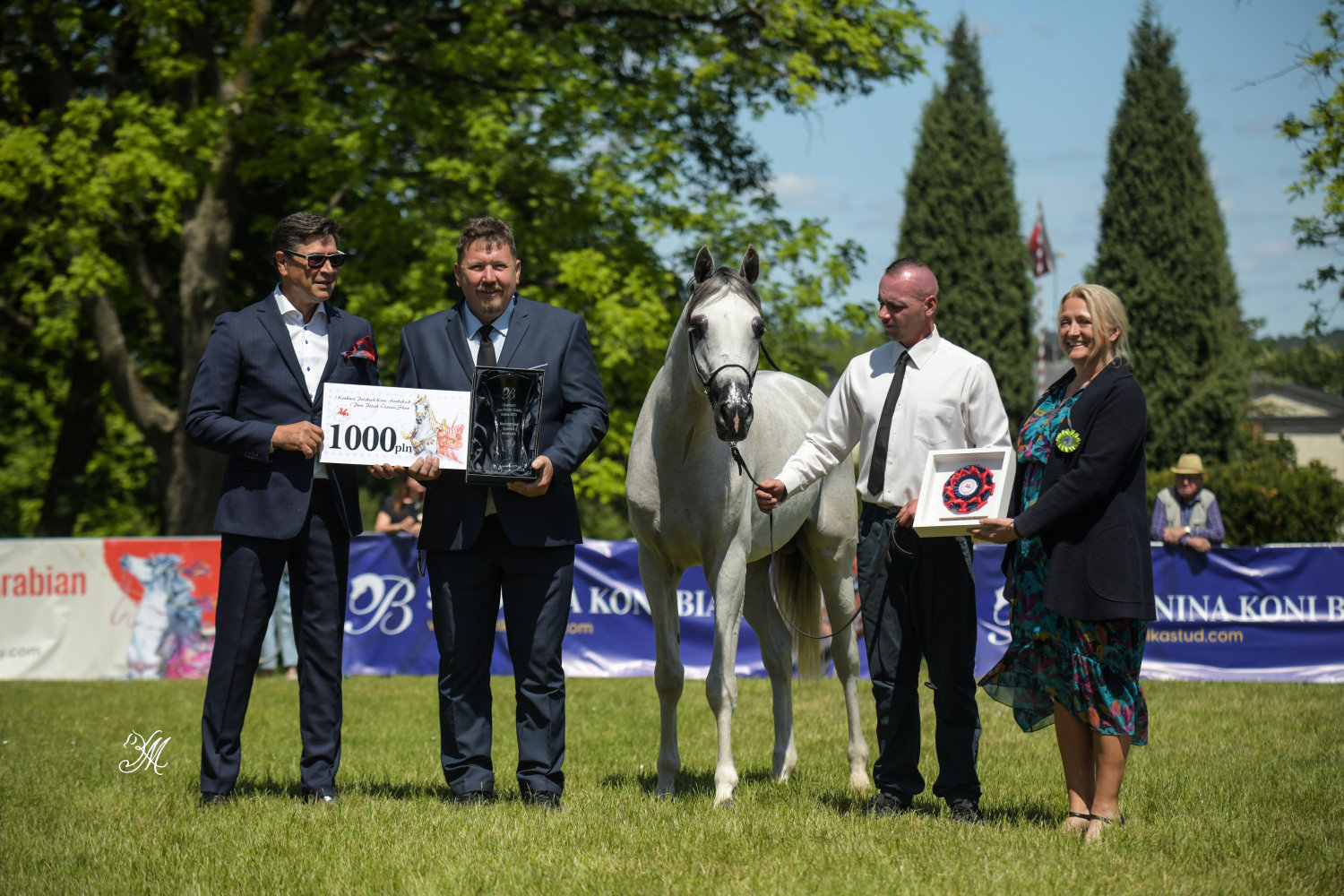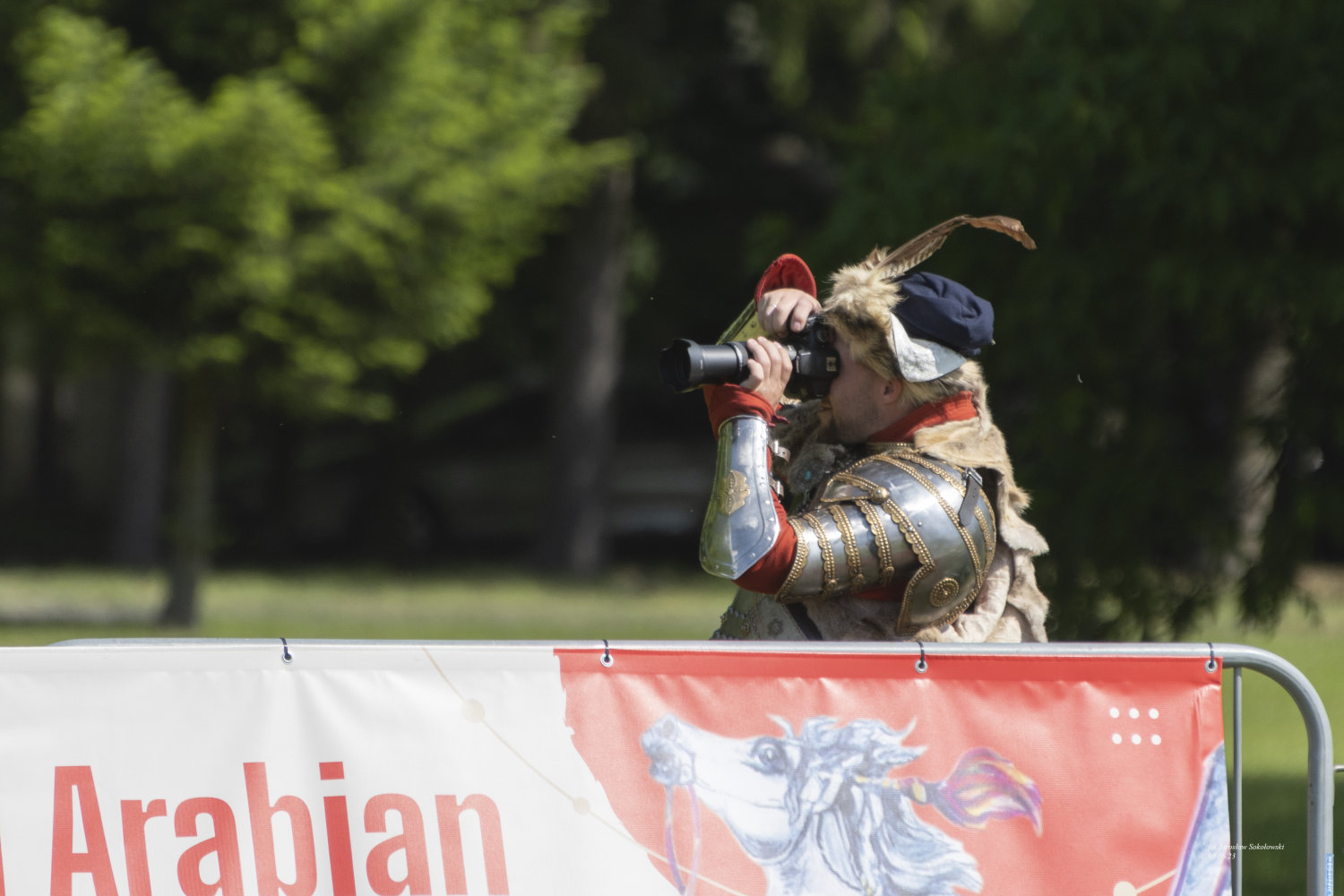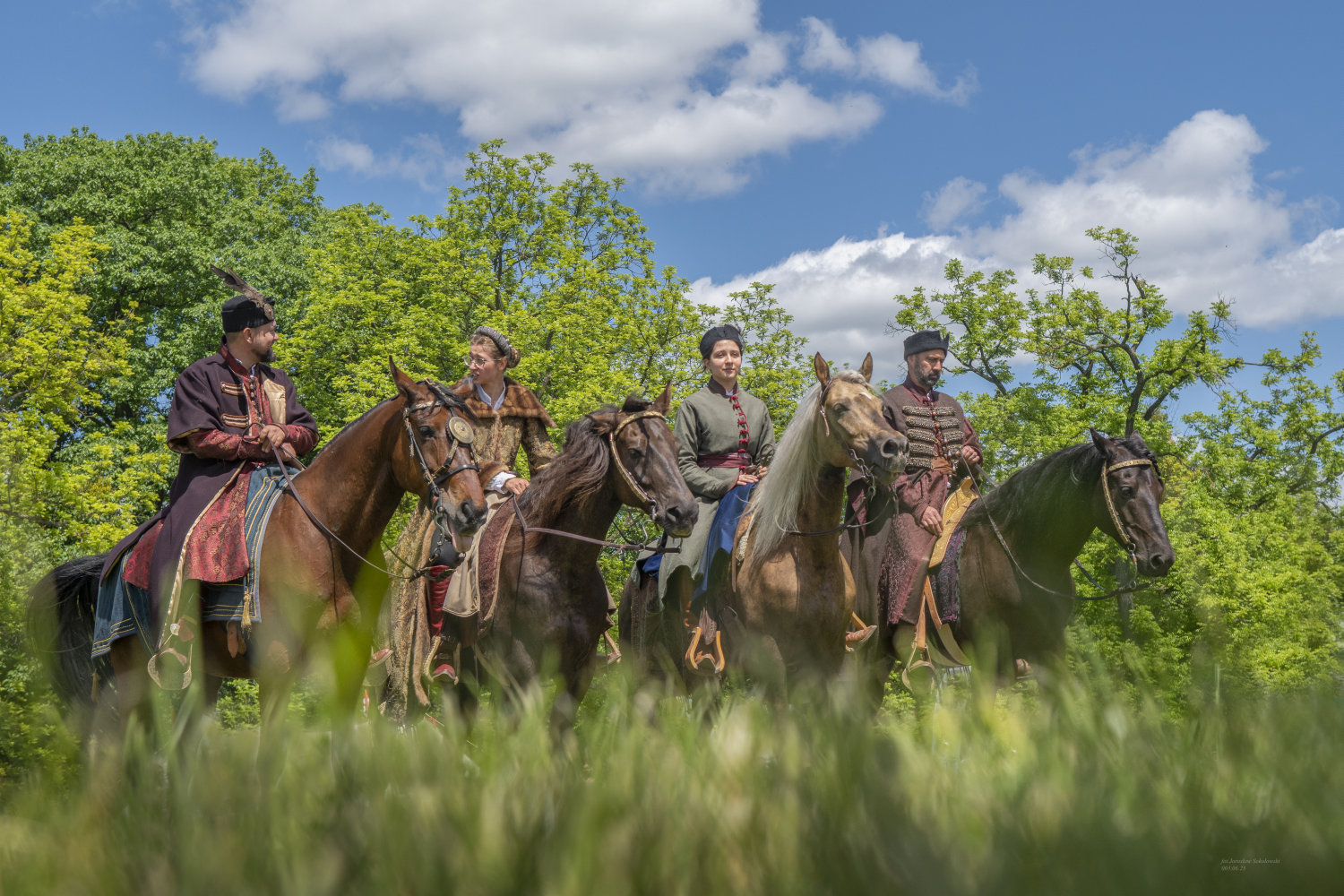NEWS
2023-06-15
Pure Polish Classic Show – 1st Edition - Białka 2.06.2023 - ECAHO “specific origin”
Author: Maciej Paweł
Grzechnik
Białka Stud was founded by the Polish State in 1930, acting
initially as a Stallion Depot. In 1981 Białka joined the group of other Pureblood Arabian
State Studs in Poland, alongside Janów Podlaski, Michałów and Kurozwęki. Only 10 years later,
Białka Stud became the organizer of the Arabian Junior Spring Show, being the yearly survey of young
Polish Arabian horses. This year witnessed the 33rd edition of the Show. Since 2021, the vastly
experienced Hanna Sztuka is the manager and breeder of Białka Stud. Her efforts are directed towards
making Białka Stud a place not only full of charm, marked with an extraordinary grace, but also a
stud characterized by order and discipline necessary to achieve the desired objectives. Thus, Białka
Stud is meant to become a place where the equestrian and breeding tradition meets with modernity and
the swirl of world events in horse breeding.
Organizational skills
coupled with the charming location were the reasons why the Pure Polish Arabian Society chose Białka
Stud as the venue of the first Pure Polish Classic Arabian Show affiliated by ECAHO in the format
“specific origin”. The Society was founded in 2020, and like other similar societies in the world,
for example the Pyramid Society, it aims to protect and promote a specific type of the Arabian
horse, in this case the Polish type, whose extreme beauty was indivisibly linked with
insurpassed bravery, that was evolving on the battle fields, and then on race
tracks.
A clearly outlined goal of breeding: to breed an Arabian horse
characterized by a specific bouquet as well as utilitarian features, meaning beatiful and brave, for
many years conditioned the Polish breeders to consider as indispensable the training of horses and
their subsequent trial on race track. As a consequence, such approach proved the cornerstone of the
world success achieved by the Polish Arabian horse. The ardent work of the generations of breeders,
supported by selection oriented at beauty in conjunction with correct build and excellent health
proved on race track, made the Polish Arabian horses gain the reputation of “beautiful and brave”,
thus also gaining unquestionable primacy in the world.
Faced with the
globalization of breeding and the inevitable dominance of the show lines in the pedigrees of the
Polish Arabian horses, as well as the fact that Arabian horses departing from the type
recognized in Poland were allowed into the breeding (French type), the Pure Polish Arabian Society
deemed it necessary to organize a special show dedicated to horses with Polish pedigrees in order to
fulfill it’s mission to promote the Polish Arabian horses. Only horses meeting the definition of
Pure Polish Classic are permitted to compete in the Show. The intention behind the Pure Polish
Classic Show is also to emphasize the importance of the bravery trial, i.e. training on race track.
Therefore, horses that are racing or have been racing are rewarded with one extra point to their
score for phenotype. Such procedure is meant to level the chances as well as to encourage the
breeders to put their horses in training on race track (during a transition period). Simultaneously,
it is assumed that starting from 2025, racing will become obligatory for all horses denominated Pure
Polish Classic.
A separate class was organized for junior horses 3-4 years
old under training on race track (i.e. the age when horses in Poland are racing on track), which was
possible due to the fact that the Białka Show took place at the start of the racing
season.
The Show met with many well wishes and extraordinary interest,
mainly amongst all those who remember the success of Arabian horses with Polish pedigrees. Horses
evoked as proof of the quality of the Polish breeding due to very high selling prices fetched, such
as Kwestura, Pepita or Perfinka, are all mares proven on race track with Polish
pedigrees.
The problems starting to face the population of show horses in
Europe is the globalization of breeding affecting the race, which in turn leads to the
tightening of pedigrees and a diminishing pool of stallions promising breeding success. A longtime
selection focused on a specific type and head, with little attention paid to the features of build,
including legs and movement, but also health, all these factors cause problems with obtaining
a good stallion.
Polish Arabian horses of today undoubtedly depart from the
contemporary type preferred at the Arabian horse shows. Therefore, even presenting good movement
coupled with a harmonious build, they are unable to compete with show products from the Middle East.
Yet, these horses are still capable of awakening admiration, like the Janów bred Biruta by Extern.
In the hands of Adam Ochman, she deservedly became the senior female champion and the winner of the
title Best in Show of the First Pure Polish Classic Show.
In the same competition, the Białka bred Palert (Alert-Pericola
by Kahil Al Shaqab), sire lineage Ilderim, achieved similar success as the senior male champion and
Best in Show. Palert is a stallion boasting of a very interesting, double-sided Polish pedigree,
though also imbued with straight egyptian horses, resulting in very interesting offspring,
predominantly better than the father. His dauther, Ewidencja, also competed in the
Show.
Among junior stallions, the winner is the chestnut son of
Ganges, Egizon (Ganges-Egiza by HK Krystal), sire lineage Kuhailan Haifi, whose presentation was
superb despite intensive training on race track. The Białka bred Chilla by Alert became the junior
female champion.
Like Egizon, this season she will compete on race track.
El Jazza, the extremely beautiful daugher of El Jaheez WH, sire lineage Kuhailan Haifi, bred and
owned by Klikowa Arabian Stud, proved supreme in the 1-2 Years Filly
Championships.
Although the First Pure Polish Classic Show revealed certain
distance between horses with Polish pedigrees and horses with pedigrees imbued with foreign
stallions, often very valueable ones, the said event also showed the necessity to protect the native
genetic resources displaced by the global breeding. Consequently, the protection of the Polish
Arabian horse through the use of stallions and mares from old lineages and families considered as
Polish and the bravery trial, all this is meant not only to perserve the breeding tradition, but
primarily to protect features characteristic for the Polish horses, mainly beauty accompanied by
bravery and health. These efforts are vital if we wish to preserve biodiversity in the globalised
breeding world of the Arabian horses.
Definition of the horse Pure Polish classic - specific origin
The definition of the term Pure Polish
Classic Arabian refers a horse of the Arabian horse breed originating from one of the 7 sire
lineages and belonging to one of the 15 dam fa-milies accepted by the Polish Breeding Program, with
the exception of the sire line Sa-klawi I – mentioned in the Program. Horses representing the sire
line Saklawi I are consi-dered as Pure Polish Classic Arabian provided they originate from the sire
strain of Palas (1968 SU). The remaining strains of the sire line Saklawi I may be considered as
Pure Polish Classic Arabian in the sire line of a stallion or mare only in the fifth
posteriori ge-neration born in Poland, subject to completion of bravery trial. The pedigree of Pure
Po-lish Classic Arabian cannot include in any generation the following stallions: Amer, Ba-roud III,
Burning Sand, Dragon, St. Laurent, Tiwaiq.
Male lineages and female families accepted in the breeding of Polish Arabian horses:
Male linageages:
1. Kuhailan Haifi
or.ar. imp. 1931 Gumniska
2. Ibrahim or.ar. imp. 1907
Antoniny
3. Kuhailan Afas or.ar. imp. 1931
Gumniska
4. Krzyżyk or.ar. imp. 1876
Jarczowce
5. Ilderim or.ar. imp. 1900
Sławuta
6. Bairactar or.ar. imp. 1817
Weil
7. Koheilan Adjuze or.ar. imp. 1885
Babolna
8. Palas (SU) 1968, line Saklawi
I
Female
families:
1. Gazella or.ar. imp. 1845
Jarczowce
2. Milordka ur.ok. 1810
Sławuta
3. Mlecha or.ar. imp. 1845
Jarczowce
4. Sahara or.ar. imp. 1845
Jarczowce
5. Ukrainka born. ca. 1815
Sławuta
6. Szweykowska born. ca. 1800
Sławuta
7. Wołoszka born ca. 1810
Sławuta
8. Szamrajówka born ca. 1810
Białacerkiew
9. Selma born ca. 1865
Egypt
10. Cherifa or.ar. imp. 1870
France
11. Semrie or.ar. imp. 1902
Babolna
12. Scherife or.ar. imp. 1902
Babolna
13. Rodania or.ar. imp. 1880
England
14. Adjuze or.ar. imp. 1885
Babolna
15. Bent-El-Arab or.ar. imp. 1885
Babolna




